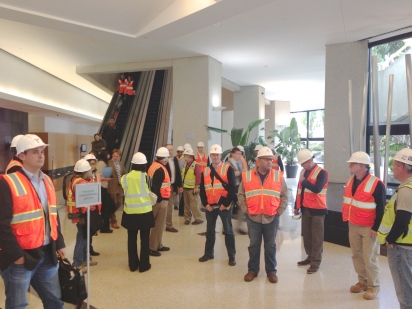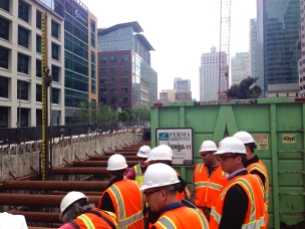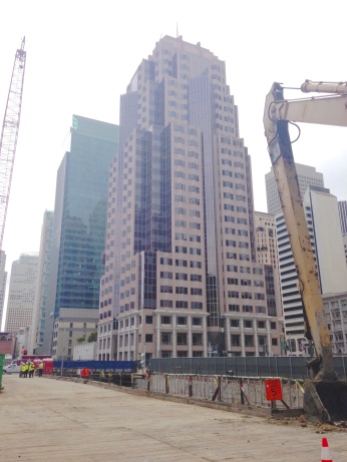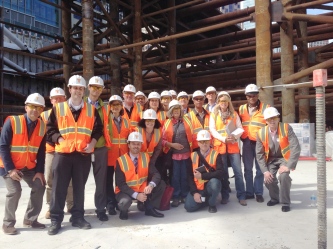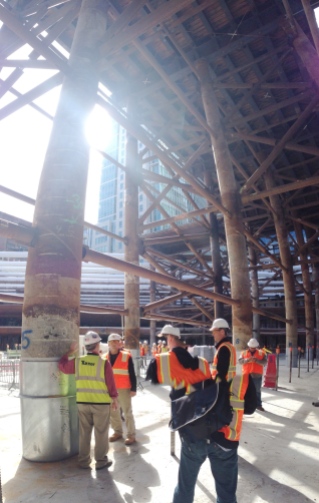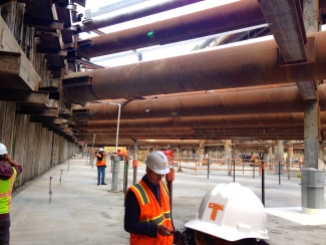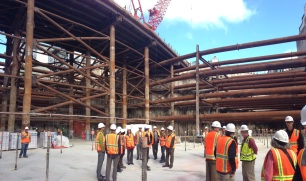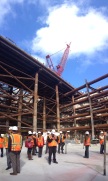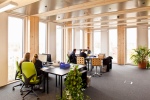As a San Francisco-based commercial real estate broker who specializes in helping office tenants create healthier, more energy-efficient work environments, it’s exciting to see the progress we’ve made in moving these issues to the forefront of the discussion. The moniker “green” has gone from being “hippy”, to trendy, to en vogue, to cliché and now it’s the standard. Call it what you will, but this framework of thinking is here to stay and will benefit not only us, but generations to follow.

Having said that, and for lack of a better phrase, we need to keep it real and constantly remind ourselves that it’s not the perception of sustainability that matters, but the reality and implementation of it. To the corporate decision makers that are reading this post, place the health of your employees and the sustenance of our earth first. Healthy employees are intrinsically happy, productive employees, and energy and waste reduction both on-site and within your supply chain directly and positively affects a company’s bottom line; these are facts. Everyone wins.
I want to share what I feel are the most important decisions you can make when locating and operating your business, from a sustainability perspective. It doesn’t matter the line of business you’re in, these are principles that can benefit us all.
Location, location, location.
Where you do business is just as important as how you do business. If an option, give preference to high-density locations where your employees can commute to work via mass transit while eliminating their need to drive somewhere to get lunch or grab a coffee with a client. Encourage and reward employees who bike or take a bus to work. There are federal incentives available that can benefit you and your employees such as the Commuter Check program that can save companies up to 10% on their payroll tax expenses while saving their employees up to 40% on their commute costs.
Reduce, reuse, and yes, recycle.
Tearing down the construction of an entire floor in an office tower and building it back up with sustainable materials doesn’t make you “green”. Too often I see perfectly useful tenant improvements demo’d and sent to a landfill while new resources are acquired and constructed. Not only does this translate into unnecessary additional expenses for the office tenant, but it puts an unnecessary burden on our earth. Identify spaces that more closely match your desired configuration, and you’ll reduce construction waste and monetary spending. They’re out there, it just takes a little more effort.
Think beyond your company.
In addition to making better informed purchasing decisions within your office, are the values and mission of the vendors in your supply chain congruent with your own? We vote with our purchasing dollars each time we place an order. You, NOT the supplier, create demand. Give preference to companies that are also taking pro-active steps to reduce their consumption and waste, such as your office supply vendor. The market will punish companies that don’t, and reward those that do. Change starts with you.
Reduce toxicity in the workplace.
Typical office environments have the potential to be highly toxic and can negatively affect the performance, happiness and productivity of your employees. If you’re a decision maker, you have a responsibility to provide a safe, healthy workplace. Give preference to properties with operable windows, abundant natural daylight and landlords that use low-voc paints and carpeting. Segregate copiers in enclosed rooms with adequate ventilation. Decorate your office with plants that are known to cleanse the air and remove chemical vapors while absorbing carbon dioxide. Consider purchasing used or refurbished office furniture, as it has already off-gassed harmful chemicals and vapors.
Engage your employees.
The greenest tenant improvements in the world will be ineffective if the building’s occupants aren’t engaged, and whose sustainability goals aren’t aligned with the company’s. How the office is occupied is just as important as how it was built out. Engage your employees by more than just openly sharing your sustainability plan, but also explaining why certain measures were implemented (i.e. the waterless urinals will save 250k gallons of water this year). If new technologies have been implemented, explain how to use them. Reward employees who are proactive in helping the company achieve their sustainability goals. Make it convenient and easy for employees to recycle. Provide filtered tap water for employees rather than purchasing water bottles.
Developing a sustainable real estate strategy is really nothing more than developing a smart real estate strategy. Don’t just “go green” for show, but be sincere in your approach and you will reap the benefits. The truth is, a green office will yield happier employees while positively impacting your bottom line, so do it right.




